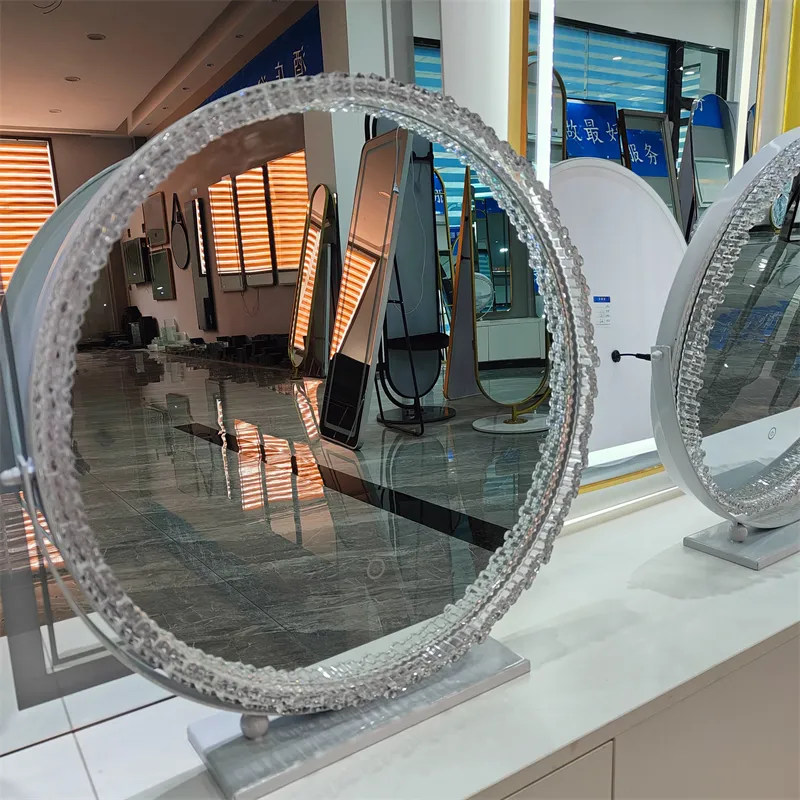Jan . 02, 2025 01:36 Back to list
toughened float glass
The Rise of Toughened Float Glass A Modern Innovation in Architecture and Design
In the realm of modern architecture and design, one material has increasingly captured the attention of engineers, architects, and designers alike toughened float glass. This remarkable substance, known for its strength and durability, has revolutionized the way buildings are conceived and constructed, offering a range of benefits that extend beyond mere aesthetics.
Toughened float glass, also known as tempered glass, is produced through a special manufacturing process that involves heating the glass to high temperatures and then rapidly cooling it. This process alters the internal structure of the glass, significantly enhancing its mechanical strength and thermal resistance. As a result, toughened glass is much less likely to break than standard float glass, making it an ideal choice for a wide array of applications, from high-rise buildings to shower doors.
One of the most noteworthy advantages of toughened float glass is its enhanced safety features. Unlike conventional glass, which can shatter into sharp, jagged shards, toughened glass breaks into small, blunt pieces that are far less likely to cause injury. This characteristic makes it an excellent option for public spaces, where safety is a paramount concern. Furthermore, toughened glass can endure extreme weather conditions, including high winds, heavy rain, and even hail, contributing to the structural integrity and longevity of buildings.
Another compelling aspect of toughened float glass is its versatility in terms of design. Architects and designers are drawn to its sleek and modern aesthetic, as it allows for expansive views and the seamless integration of indoor and outdoor spaces. Large glass facades can create a sense of openness and light, transforming the interior atmosphere and enhancing the overall experience of a building. In contemporary architecture, the use of toughened glass has become a hallmark of elegant design, enabling the creation of bold shapes and innovative structures that push the boundaries of traditional building methods.
toughened float glass

In addition to its structural advantages, toughened float glass plays a pivotal role in energy efficiency. With the increasing emphasis on sustainability in building design, the demand for materials that help reduce energy consumption is on the rise. Toughened glass can be treated with various coatings that improve its thermal performance, minimizing heat loss in winter and reducing heat gain in summer. This energy-efficient feature not only benefits the environment by lowering carbon footprints but also results in significant cost savings for building owners through reduced energy bills.
Moreover, toughened float glass lends itself to various applications beyond traditional architecture. It is commonly used in vehicle windows, glass furniture, and even electronic devices, showcasing its adaptability across different industries. This versatility underscores the global shift towards glass as a primary material, reflecting an evolving design philosophy that prioritizes transparency, light, and an unbroken connection with the natural environment.
Despite its advantages, the manufacturing of toughened float glass is not without challenges. The production process requires a high level of precision and control to ensure quality. Furthermore, like all glass products, toughened glass is susceptible to certain limitations, such as edge damage and thermal stress, which necessitate careful handling and installation. Nonetheless, ongoing advancements in glass technology continue to improve the material's performance and expand its applications.
As we forge ahead into the future of architecture and design, toughened float glass will undoubtedly continue to shape our built environment. Its combination of strength, safety, design flexibility, and energy efficiency makes it an indispensable material in 21st-century construction. As architects and designers embrace this innovative glass, we can anticipate a new era of stunning, sustainable buildings that harmoniously blend creativity with functionality, all made possible by the transformative properties of toughened float glass.
In conclusion, toughened float glass is not just a material; it is a bold statement of modernity and sustainability. As our understanding of this versatile glass expands, so too does its potential to redefine the spaces we inhabit, turning dreams of architectural ingenuity into concrete realities.
-
Safety and Style with Premium Laminated Glass Solutions
NewsJun.24,2025
-
Reinvents Security with Premium Wired Glass
NewsJun.24,2025
-
Premium Float Glass Line for Modern Architecture
NewsJun.24,2025
-
Low Emissivity Glass for Energy-Efficient Architecture
NewsJun.24,2025
-
High-Performance Insulated Glass Solutions for Modern Architecture
NewsJun.24,2025
-
Elevates Interior Style with Premium Silver Mirror
NewsJun.24,2025
Related PRODUCTS














